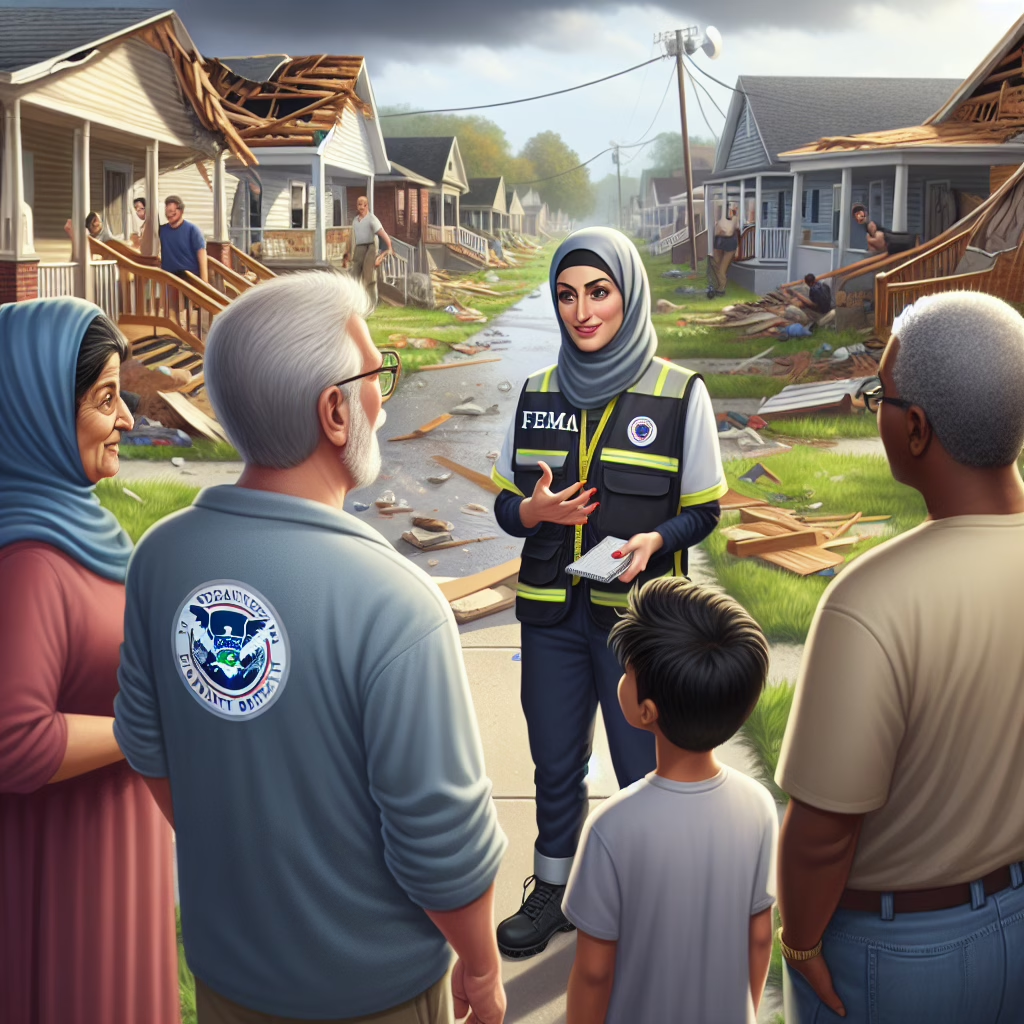In a twist that’s sure to make you raise an eyebrow (and perhaps shake your head), FEMA has decided to wrap up its door-to-door canvassing in disaster areas. Yes, you heard it right! The organization known for helping communities bounce back from calamities is now taking a step back from the classic neighborhood strolls. So, what does this mean for those affected by disasters? Let’s break it down with a sprinkle of humor and a whole lot of insight!
What Does Ending Door-to-Door Canvassing Mean?
First things first, let’s clarify what we’re losing here. When FEMA’s representatives knock on your door after a disaster, they aren’t just there to borrow a cup of sugar. These folks come equipped with information, resources, and assistance programs aimed at helping you recover. But alas, like that one friend who always bails at the last minute, FEMA is pulling back on these personal visits.
Now, you might wonder why this change is happening. According to FEMA, the move is part of an effort to modernize their outreach strategies. The agency plans to focus on digital communication and community partnerships instead. That sounds great in theory—after all, who doesn’t love a good Zoom call? However, it also raises questions about how effectively they’ll reach those who might not have access to technology or prefer human interaction over pixels.
Digital vs. Door-to-Door: The Great Debate
Let’s face it: while emails are convenient and social media is all the rage, nothing beats the good old-fashioned knock on the door when it comes to delivering important news. You know the drill: you hear that knock and suddenly feel a mix of anxiety and hope. Is it good news or just another bill collector?
For many communities, especially those hit hardest by disasters, face-to-face interaction can be crucial. It allows for immediate questions and clarifications—like “What do you mean I need to fill out 25 forms?” However, with FEMA shifting gears towards digital platforms, we might find ourselves in an awkward situation where essential information gets lost in spam folders or forgotten in the depths of social media feeds.
The Importance of Community Engagement
As FEMA embraces its new strategy, community engagement will be more important than ever. Local organizations and volunteers can step up to fill the gap left by the absence of door-to-door canvassing. This could foster stronger relationships within communities as residents rally together to support one another.
- Local volunteers already know where the best coffee shops are!
- They can leverage their grassroots knowledge to ensure that everyone stays informed about available resources post-disaster.
Can Technology Really Replace Human Touch?
With all this talk about digital outreach, it’s worth pondering whether technology can truly replace the human touch. After all, a computer screen can’t provide the same empathy as a person standing at your doorstep asking if you’re okay.
Yet, technology does have its advantages! For instance, automated alerts can spread information faster than any [door-to-door canvassing](https://www.geekyopinions.com/tag/door-to-door-canvassing) campaign could manage. Plus, let’s be real—who doesn’t appreciate not having to put on pants for a meeting?
The Road Ahead for FEMA
As we navigate this new era of disaster response, FEMA’s shift away from traditional canvassing methods may initially seem jarring. However, with thoughtful implementation of technology and strong community partnerships, there’s potential for a more efficient system.
If anything positive emerges from this change, it’s that communities might become more proactive about seeking help rather than waiting for someone to knock on their door. Who knows? Maybe residents will start forming neighborhood watch groups dedicated to disaster preparedness—armed with smartphones instead of flashlights!
In conclusion, while we bid farewell to the familiar sound of knocking boots on our front porches post-disaster, let’s embrace the possibilities ahead. We may even find that creativity blooms in unexpected places as we adapt to these changes.
What do you think about FEMA ending door-to-door canvassing? Are you excited for digital outreach or do you prefer a good old-fashioned chat? Share your thoughts below!
A big thank you to Wired for providing such insightful information on this topic!

